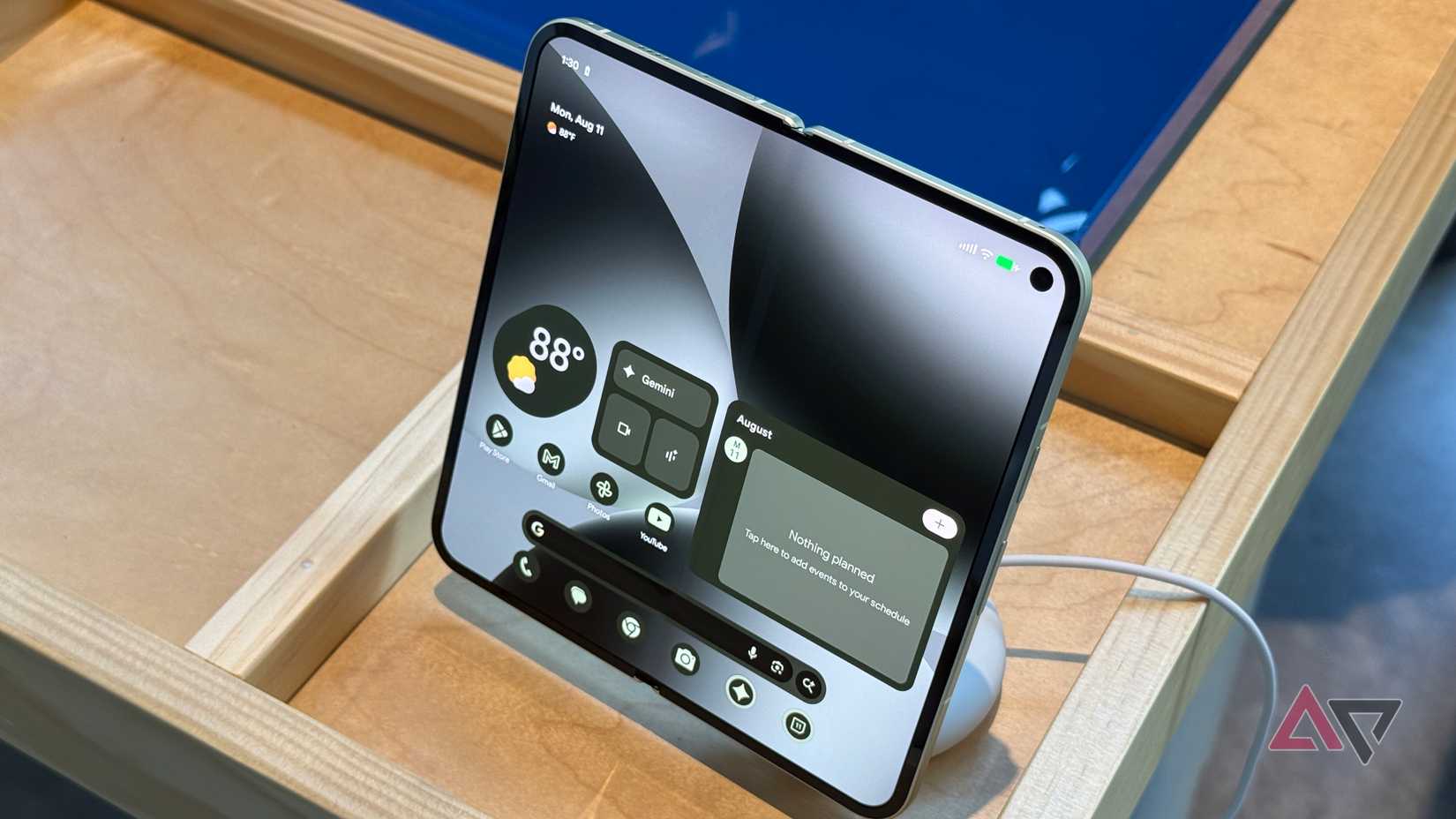In less than two months, Google will officially take the wraps off the Google Pixel 10 lineup. While leaked renders and hands-on images of dummy and prototype units indicate no major design changes, the new Pixels appear set to pack several underlying improvements.
These upgrades could either fix some long-standing issues with the Pixel lineup or enhance the experience. And they have me all excited.
5
Google’s custom ISP
A big leap in video recording incoming
Despite being branded a Google chip, Tensor SoCs relied on solutions from Samsung Exynos. Google only made minor modifications to suit its requirements. With the switch to TSMC, this will change significantly with the Tensor G5.
Google is switching away from Samsung-supplied display controllers and video codecs. More importantly, the Tensor G5 will purportedly mark the debut of Google’s in-house image signal processor (ISP), replacing the heavily customized Samsung ISP used in previous Tensor chips.
Not much is known about Google’s ISP, but given that it would be an in-house solution, Google could extract better performance from it. There are rumors that the Pixel 10 may deliver gimbal-like stabilization while recording videos.
With Google reportedly sticking to the same camera sensors on the Pixel 10 Pro lineup this year, a new ISP will possibly enable it to capture and process even better pictures.
4
Tele-macro camera
Macro shots without needing to get uncomfortably close
I’ve never been a fan of macro ultrawide cameras on smartphones and found them of limited use. They require you to physically get close to the subject, something which is not always possible.
However, after trying some Chinese Android phones with a telemacro camera over the last few years, it has become a must-have feature for me.
The ability to capture close-up macro shots from a distance is something you have to experience to appreciate. Google will reportedly add a macro lens to the Pixel 10’s telephoto camera, enabling telemacro support.
Even the ultrawide camera will retain its macro capabilities. Both cameras will likely have different minimum focusing distances, with the ultrawide possibly allowing you to take more detailed macro photos.
Still, the addition of a macro lens to the telephoto shooter will provide greater flexibility and make capturing close-up shots significantly easier.
3
Qi2 support
With or without the magnets
Rumors suggest that the Pixel 10 will come with Qi2 support, though it could be the one without magnets.
Still, I am excited about Google’s upcoming Pixel supporting Qi2, as it would open the doors to a variety of magnetic accessories. It would also give the Pixel an edge over other Android phones, which have surprisingly lagged in adopting Qi2.
Google is seemingly working on several Qi2.2 accessories for its upcoming Pixel phones, dubbed Pixelsnap. Based on the naming, it’s evident that the accessories will feature magnets to snap onto the back of the phones. Another report suggests that the Pixel 10 won’t include magnets, instead relying on magnets embedded in the official case.
Ideally, it would be best if the Pixel 10 ships with Qi2.2 support featuring built-in magnets. Like on the iPhone, it would allow the phone to seamlessly connect to compatible accessories with a strong magnetic connection. Plus, it would enable faster wireless charging speeds on non-Pixel Stand chargers.
Even otherwise, if the Pixel 10 is “Qi2 Ready” like the Galaxy S25, it will at least work well with Qi2 chargers and accessories with the right case. You’ll only need to buy an expensive first-party case from Google for this. That’s not the case with the Pixel 9 Pro XL, as its off-center charging coil causes issues with some Qi2 chargers.
Here’s hoping Google also fixes the painfully slow wireless charging speeds on its foldable this year.
2
Tensor G5
TSMC replaces Samsung for good
The biggest reason I’m excited about the Pixel 10 lineup is the Tensor G5 chip. For the first time in years, I am looking forward to a new Tensor SoC from Google.
That’s due to rumors and reports indicating the company will shift from Samsung to TSMC’s foundry to fabricate the chip. The latter will seemingly fabricate the Tensor G5 on the same 3nm node as the one Apple uses for the iPhone 16’s A18 Pro chip.
Even if everything else stays constant between the Tensor G4 and G5, the latter should run cooler and consume less power. This will improve battery life and put an end to the overheating woes that Pixel phones have become infamous for.
That won’t be the case, with a report suggesting Google will switch to newer Cortex-A725 cores for the mid-cluster. More importantly, there will purportedly be more of them: five vs. three on the Tensor G4. This should improve multitasking performance.
The Tensor G5 may not be good enough to rival the Snapdragon 8 Elite and MediaTek Dimensity 9400 chips due to its older Cortex-X4 high-power core. If you’ve used Google’s previous Pixel phones, the Tensor G5’s power efficiency improvement alone would make it worth updating to the Pixel 10.
The superior efficiency will also allow Google to get away with not including a vapor chamber on the Pixel 10. Even then, the new chip should enable the upcoming Pixels to run cooler and deliver better sustained performance.
For the GPU, Google will apparently ditch Arm’s Mali solution and switch to Imagination Technologies’ DXT-48-1536 GPU. There’s no word on what kind of performance improvement this will bring, but the new GPU supports ray tracing and GPU virtualization.
Both these features should improve the graphics quality in games.
1
Proactive digital assistant
A glimpse into the future
Google shipped the Pixel 9 series with several Gemini improvements and AI-powered features such as Pixel Screenshots. With the Pixel 10, we could get something even better: a proactive AI-powered assistant.
Reports from as far back as 2023 detail Google working on a Gemini-powered Pixie assistant. It was supposed to debut with the Pixel 9 in 2024, but that never happened. A new leak from a reliable source in June this year suggests Google will rebrand the assistant to Magic Cue and launch it with the Pixel 10.
It will use “AI to display helpful details and time-saving actions based on the app you’re using. For example, if a friend asks for your flight number in a chat, Magic Cue can find it from your Gmail, saving you the search.”
Magic Cue will seemingly pull data from Gmail, Calendar, Keep, Messages, Contacts, and screenshots on your device to work its magic. All with your permission.
Think of Magic Cue as a proactive version of Gemini, prompting you to take relevant actions, instead of the other way around. The Pixel 10 will be the best device for Google to showcase this new feature.
Google Pixel 10 will deliver where it matters the most
Design-wise, the Pixel 10 lineup won’t bring any radical improvements, featuring the same look as its predecessors. The Pixel 10 Pro Fold may supposedly gain an IP68 rating and feature a slimmer hinge, but that’s about it.
From an internal and software perspective, the new Pixels will pack radical upgrades that should elevate the experience of using them. In my book, that’s reason enough to be excited about what Google has in store for the Pixel 10.







